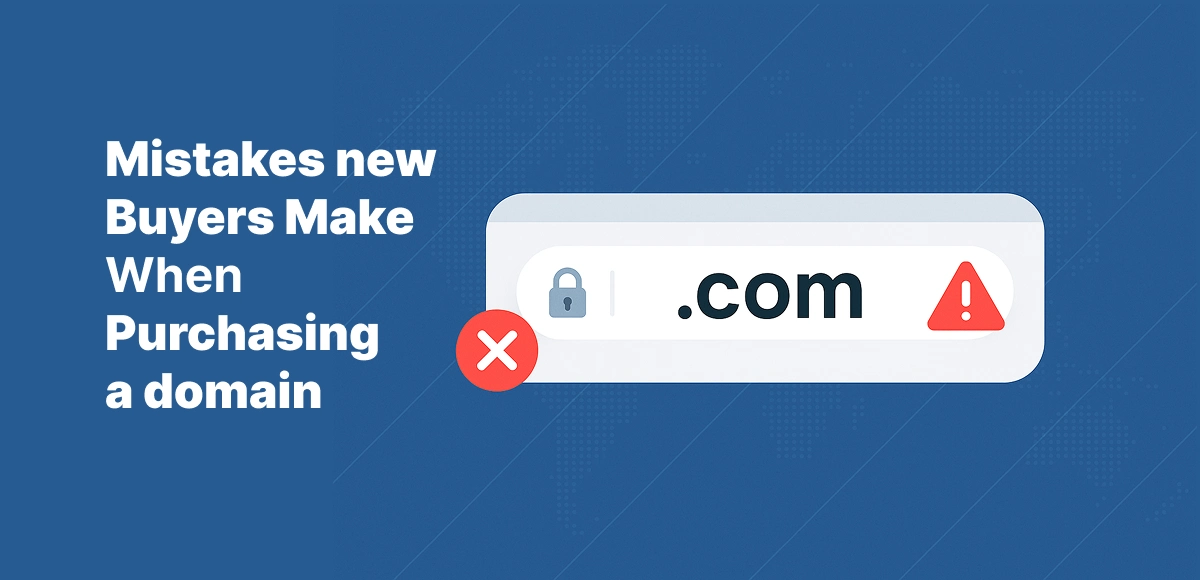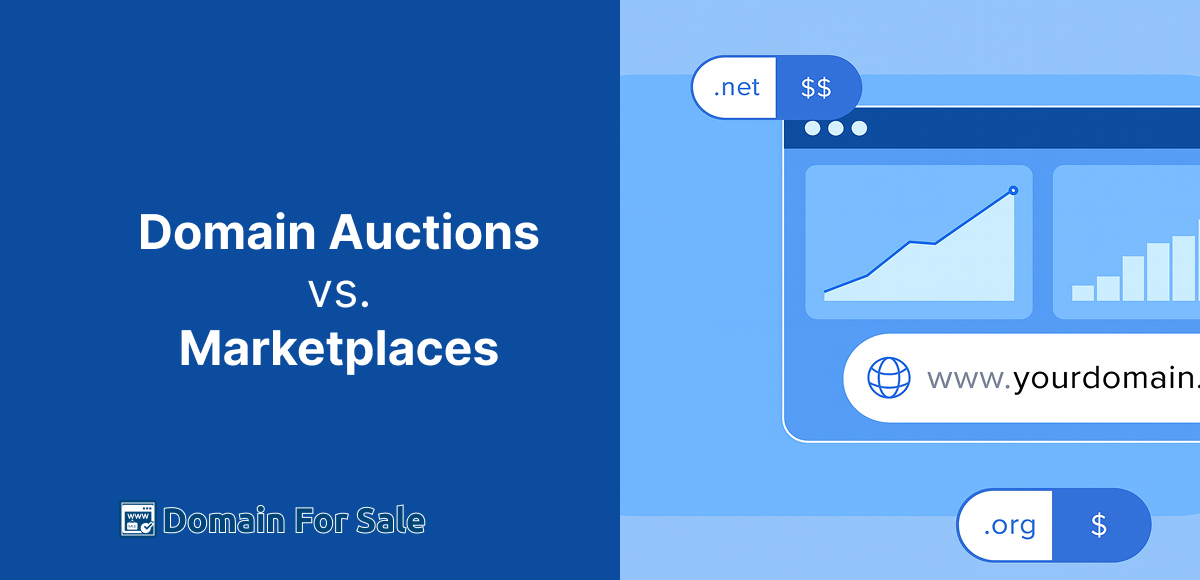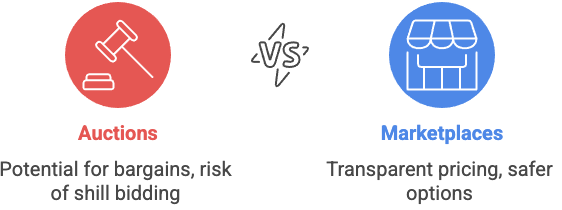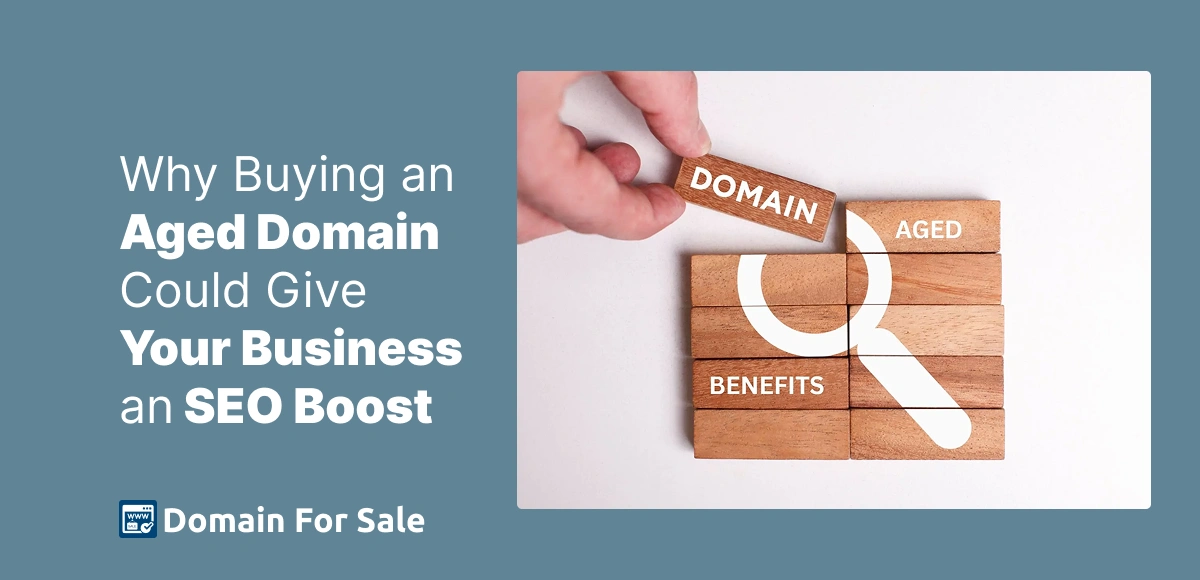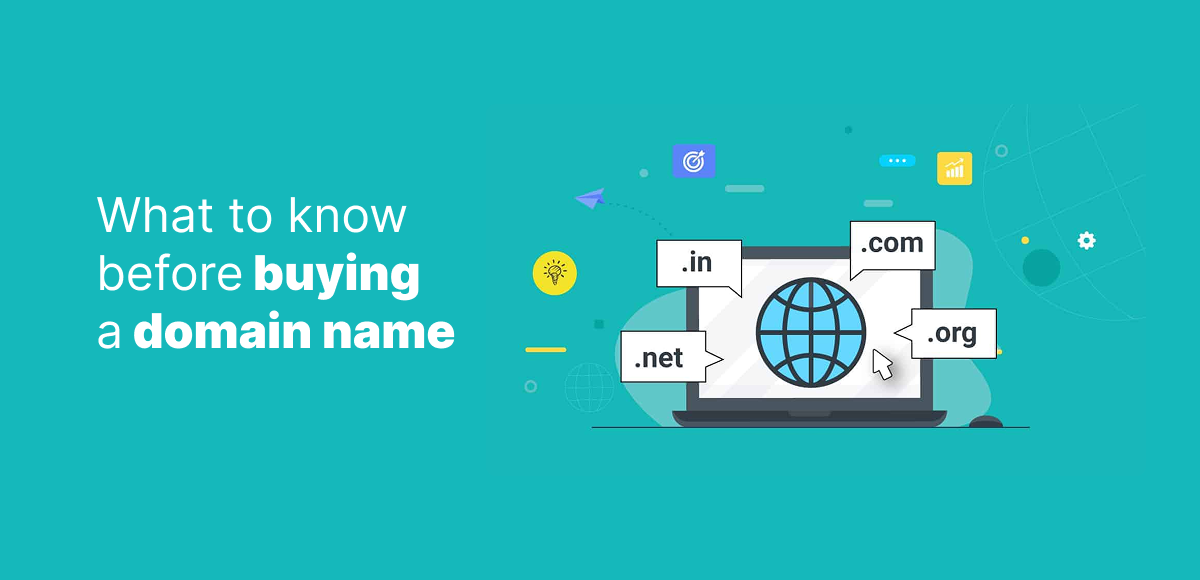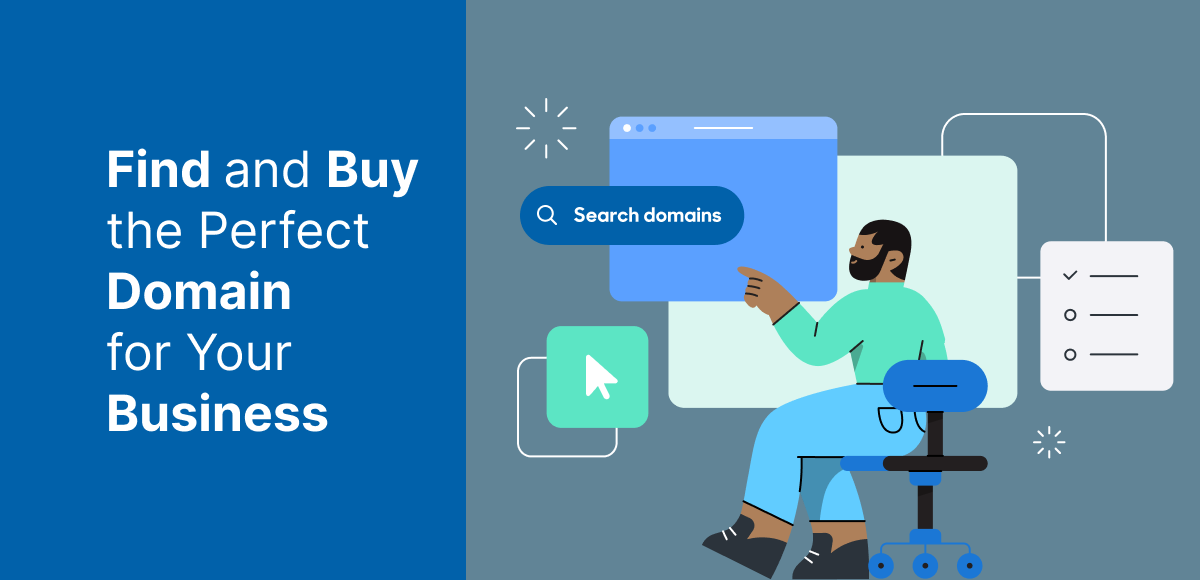Introduction
Buying the right domain name is one of the smartest moves you can make for your online presence. The perfect domain builds trust, boosts SEO, and makes your brand easier to remember. In today’s digital marketplace, your domain is more than just an address—it’s the foundation of your identity.
But here’s the catch: many beginners rush into buying domains without doing proper research. They overpay, ignore red flags, and end up with names that don’t deliver value—or worse, bring legal or financial headaches. A single mistake can cost time, money, and opportunities.
To help you avoid these pitfalls, we’ve outlined the 5 mistakes new buyers make when purchasing a domain—and how you can steer clear of them to make smarter, safer investments.
Table of Contents
Mistake 1 – Ignoring Trademark Issues
One of the most common mistakes new buyers make when purchasing a domain is ignoring trademarks. It might seem tempting to grab a name that includes a famous brand or product, but this can quickly land you in trouble.
The Risk of Buying Domains with Brand Names
Domains that contain trademarks (like “NikeShoesSale.com” or “CocaColaFans.net”) are legally risky. Companies protect their brand names aggressively, and they have entire legal teams dedicated to reclaiming domains that infringe on their trademarks. As a buyer, you could lose the domain without compensation—or worse, face legal consequences.
Legal Disputes and ICANN’s UDRP Process
Trademark disputes are often handled through the Uniform Domain-Name Dispute-Resolution Policy (UDRP), managed by ICANN. This process allows trademark owners to challenge domains they believe infringe on their rights. For new buyers, this means your “investment” could be taken away in weeks if challenged.
Safer Alternatives for New Buyers
The best way to avoid trademark problems is to stick with generic keywords (e.g., “BestRunningShoes.com”) or brandable terms (short, catchy, and original names like “Runify.com”). These types of domains are not only safer but often more attractive to businesses looking for a unique digital identity.
💡 Pro Tip: Before purchasing, do a quick trademark search using USPTO’s database or your local equivalent to make sure the domain is free of legal baggage.
Mistake 2 – Overpaying for Low-Value Domains
Another one of the biggest mistakes new buyers make when purchasing a domain is paying too much for a name that has little or no real value. It’s easy for beginners to get excited about a domain that “sounds good,” only to discover later that it has little demand in the market.
Why Beginners Often Overestimate Value
Many new buyers assume that any short or catchy-sounding domain is automatically worth a lot of money. The truth is, a domain’s value depends on more than just its appearance—it’s about keywords, industry demand, branding potential, and past sales data. Without research, it’s easy to pay hundreds (or even thousands) for a name that no one else wants.
The Role of Appraisal Tools
Online valuation tools like GoDaddy Appraisals and EstiBot can help provide an estimate of a domain’s value. These tools analyze factors like length, keywords, and comparable sales. However, they’re not perfect—treat them as rough guidelines, not definitive pricing.
Checking Real Sales Data on NameBio
The most reliable way to gauge value is by looking at real-world sales. Platforms like NameBio track thousands of domain sales across multiple marketplaces. By comparing your potential purchase with similar past sales, you can avoid overpaying and make more informed buying decisions.
💡 Pro Tip: Before making an offer, research at least three comparable sales. If your domain doesn’t line up with those benchmarks, rethink the price.
Mistake 3 – Skipping Research on SEO and History
A common mistake new buyers make when purchasing a domain is failing to investigate its past. Domains carry history—good or bad—and ignoring it can lead to wasted money or even SEO penalties.
Importance of Checking Backlinks and Domain Age
Older domains with strong, clean backlink profiles often perform better in search engines. If a domain has been around for years and has natural links from reputable sites, it can provide an SEO head start. On the flip side, domains with toxic or spammy backlinks may struggle to rank—or worse, attract penalties from Google.
Tools Like Ahrefs and Moz
Before buying, check the domain’s backlink profile and authority using SEO tools:
- Ahrefs – Excellent for analyzing backlinks and organic traffic.
- Moz – Provides metrics like Domain Authority (DA) to gauge trustworthiness.
These tools help you see whether the domain has value or if it’s been abused in the past.
Risks of Buying Penalized or Spammy Domains
Domains previously used for spam, link farms, or black-hat SEO tactics may carry penalties that are hard to recover from. Buying such a domain means you could spend time and money cleaning it up—without any guarantee of success. For new buyers, skipping this step is one of the costliest mistakes.
💡 Pro Tip: Always run a quick check on the Wayback Machine to see how the domain was used in the past. If it looks shady, walk away.
Mistake 4 – Expecting Quick Results Without a Plan
One of the biggest mistakes new buyers make when purchasing a domain is believing it will sell instantly just because it “sounds good.” The reality is that domains don’t magically sell overnight—you need a plan to attract serious buyers.
Domains Don’t Magically Sell Overnight
Even premium domains can take weeks, months, or even years to sell if no one knows they’re available. Simply registering a name isn’t enough—you need visibility. Without marketing, your domain is like a store hidden on a back street with no signs.
The Need for a Sales Strategy
A proper sales strategy usually includes:
- Listing your domain on marketplaces like Sedo, Flippa, and GoDaddy Auctions.
- Creating a dedicated landing page that clearly shows the domain is for sale and makes it easy for buyers to contact you.
- Promoting the domain through social media, email outreach, and niche communities.
How the Domain For Sale Plugin Helps
If you’re using WordPress, the Domain For Sale plugin makes it easy to build buyer-ready pages in minutes. With customizable templates, contact forms, and call-to-action buttons, it ensures anyone visiting your domain immediately sees it’s available—and can make an offer right away. This simple step can dramatically increase your chances to sell domain name fast.
Mistake 5 – Not Using Escrow for Transactions
The final and perhaps most dangerous mistake new buyers make when purchasing a domain is skipping escrow. Domains are valuable digital assets, and transferring them without a secure payment method is a recipe for fraud.
Why Skipping Escrow Is Risky
Without escrow, buyers risk paying for a domain that never gets transferred, and sellers risk transferring ownership without ever receiving funds. Unlike physical goods, you can’t “return” a domain once it’s gone—so protection is essential.
Secure Payments with Escrow.com
Services like Escrow.com act as neutral third parties. The buyer sends funds to escrow, the seller transfers the domain, and only once everything is verified are funds released. This process ensures no one loses money or ownership unfairly.
Peace of Mind for Both Buyer and Seller
Escrow isn’t just about safety—it’s about confidence. When both sides know the transaction is protected, negotiations move faster and trust is established. For beginners especially, using escrow is non-negotiable if you want a smooth, worry-free purchase.
💡 Pro Tip: Even for small deals, always use escrow. The small fee is worth the peace of mind and security it provides.
Final Thoughts
Avoiding these 5 mistakes new buyers make when purchasing a domain can save you time, money, and frustration. By checking for trademarks, researching SEO history, setting realistic prices, having a sales strategy, and always using escrow, you set yourself up for smarter and safer domain purchases.
The good news? Anyone can buy domains safely in 2025 with the right research and tools. Whether you’re a beginner testing the waters or building a serious portfolio, making informed decisions is the key to long-term success.
FAQs About Buying Domains in 2025
What is the safest way to purchase a domain?
The safest approach is to avoid the common mistakes new buyers make when purchasing a domain—especially skipping escrow. Always use a trusted service like Escrow.com to protect both buyer and seller.
How do I check if a domain is worth the price?
Should I always buy .com domains?
Not always. While .com is still the gold standard, newer TLDs like .ai, .io, and .xyz have strong demand in 2025. Avoiding rigid assumptions is key—another mistake new buyers make when purchasing a domain is ignoring marketplace trends.
Can I make money quickly from domain buying?
Quick flips are possible, but they require strategy. Expecting overnight results without marketing is one of the classic mistakes new buyers make when purchasing a domain. Build a plan, use marketplaces, and create a landing page to improve your chances.
Do I need a lawyer when purchasing a domain?
Most transactions don’t require legal help, but if you’re spending thousands or dealing with trademark-heavy names, professional advice may be useful. A major mistakes new buyers make when purchasing a domain is ignoring trademark checks, which can lead to disputes.
Turn your domains into valuable digital assets today.
The Domain For Sale plugin makes it easy to showcase your domains with professional landing pages, capture buyer inquiries, and close deals faster.
